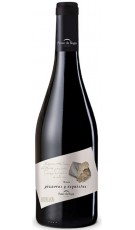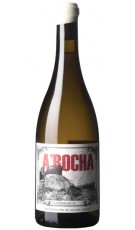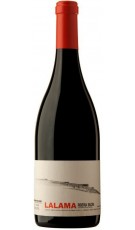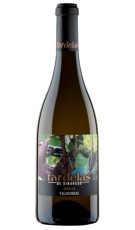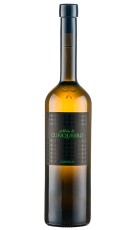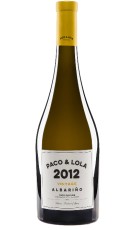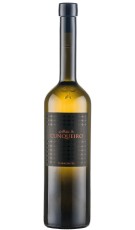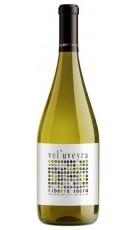
Galicia There are 215 products.
En el siglo XIV, Galicia exportaba esquejes a otros viñedos europeos. En el siglo XIX, toda la región sufrió una economía deprimida y muchos viñedos se abandonaron por la despoblación al emigrar los trabajadores. Los trabajadores de la vendimia gallega fu...
Catalog
-
Ponte da Boga Pizarras y...
ADEGA PONTE DA BOGARibeira SacraVineyards on slate soils on the San Vitorio estate, on the banks of the Miño River, lead this wine towards spices, black fruits and licorice. The shale soil in the plots of the Sil and Bibei...
Reduced price! -
Neno de Viña Somoza Magnum...
White Wine.VIÑA SOMOZA, BODEGAS Y VIÑEDOSValdeorras100% Godello white wine. Vineyards planted on slate, granitic and sandy, alluvial soil. Pressing, 12 to 48 hours of film maceration, alcoholic fermentation with selected yeasts, at controlled...
Reduced price! -
O Morto A Rocha Castes...
White Wine.O MORTO WINESRibeiroNatural white wine, coupage of Treixadura, Loureira, Lado, Albariño, Godello on decomposed granite soils with rocks emerging on the surface, Paraviñoloven area. Aged for 9 months in amphorae on lees.
Reduced price! -
Dominio do Bibei 2019
Red Wine CrianzaDOMINIO DO BIBEIRibeira SacraRed Wine Crianza, 19 months in french oak barrels
Reduced price! -
Máis de Cunqueiro Godello 2022
Red Wine.BODEGAS CUNQUEIRORibeiroAfter a rigorous selection of the best bunches of Godello from the estate at "A Erbedeira", where soil and climate give unique characteristics to this grape variety. Later they elaborated in a...
Reduced price! -
Box 3 bottles of Paco &...
White Wine CrianzaPACO & LOLARías BaixasWhite Wine Crianza, 12 months with its lees
Reduced price! -
Viñaredo Godello Barrica 2021
White Wine CrianzaSANTA MARTA BODEGASValdeorrasWhite Wine Crianza, 6 months in oak barrels
Reduced price!In stock -
Cunqueiro Máis de Cunqueiro...
Red Wine.BODEGAS CUNQUEIRORibeiroThe definitive consecration of the Torrontés as one of the best and most versatile white varieties of the Ribeiro. From the “A Erbedeira” farm, where the land and climate confer...
Reduced price! -
Vel'uveyra Godello 2023
White Wine CrianzaRONSEL DO SILRibeira Sacra1 Review(s)White Wine Crianza, 8 months in french oak barrels with its lees
Reduced price!In stock -
Santiago Ruiz 2023
White WineSANTIAGO RUIZRías BaixasWhite Wine, aged in oak barrels with its less
Reduced price!In stock
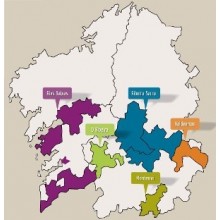
En el siglo XIV, Galicia exportaba esquejes a otros viñedos europeos. En el siglo XIX, toda la región sufrió una economía deprimida y muchos viñedos se abandonaron por la despoblación al emigrar los trabajadores. Los trabajadores de la vendimia gallega fueron en parte los que contribuyeron con su labor a desarrollar los viñedos en bancales de la región del vino de Oporto del Duero. Cuando España entró a formar parte de la Unión Europea en 1985, comenzaron a llegar fondos a Galicia que ayudaron al resurgimiento de la industria vitivinícola.

(+34) 91 129 11 11
(+34) 638 458 218
- Brandy
- Cognac
- Gin Premium
- Ron
- Whisky
- Denomination of Origin
- Winery



















